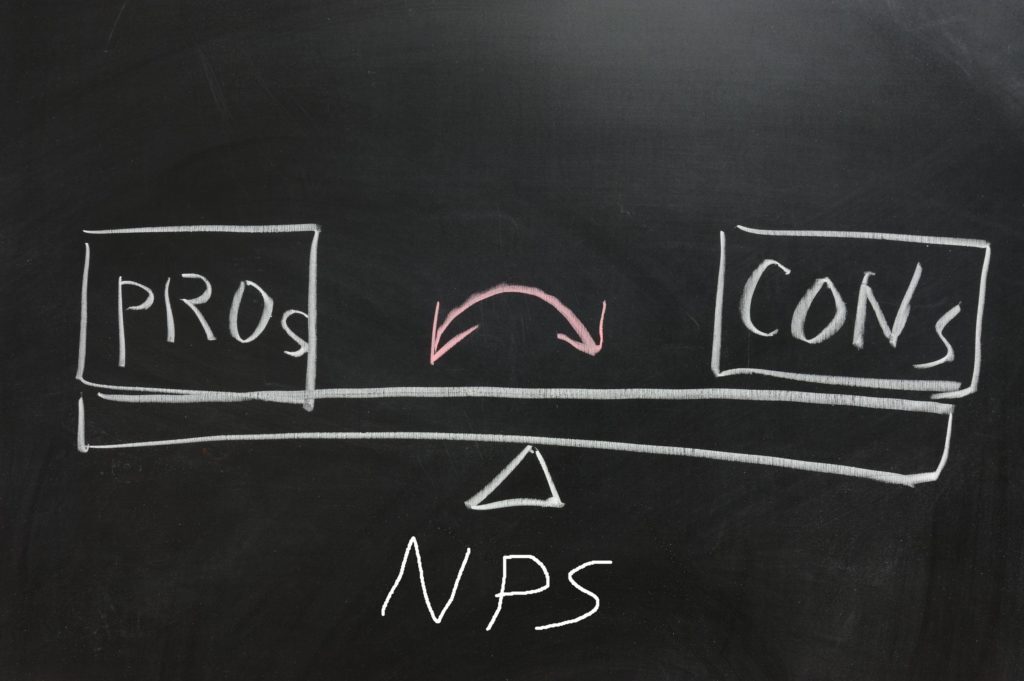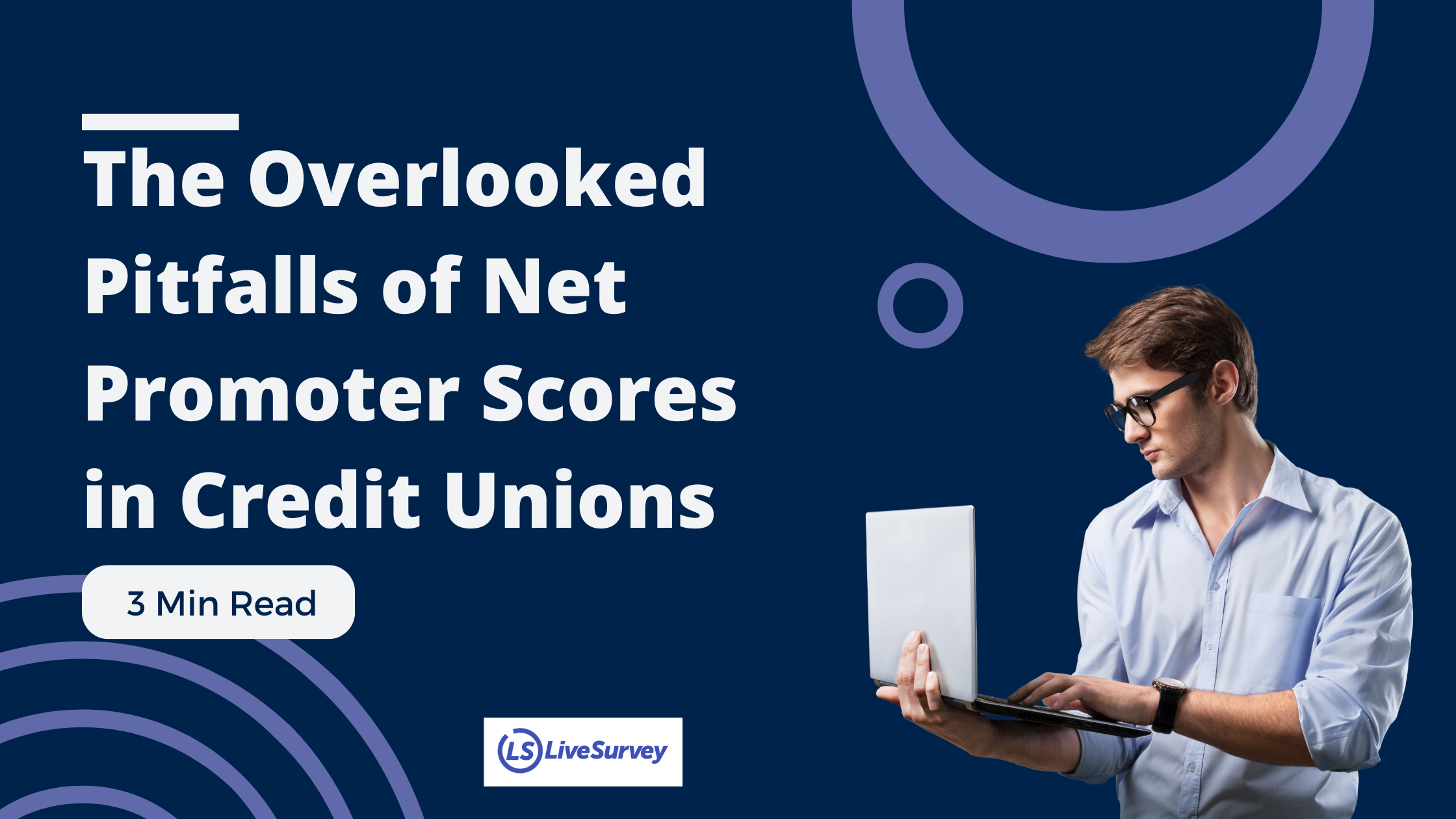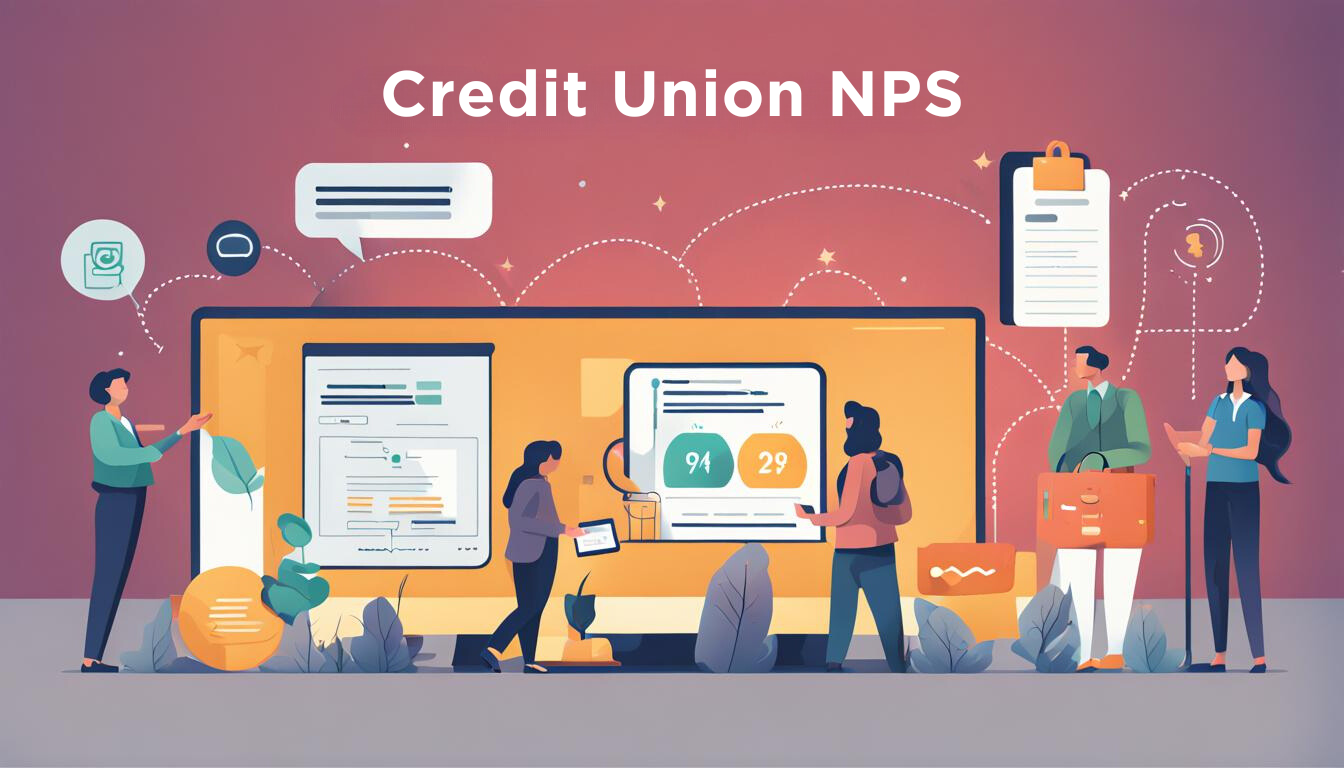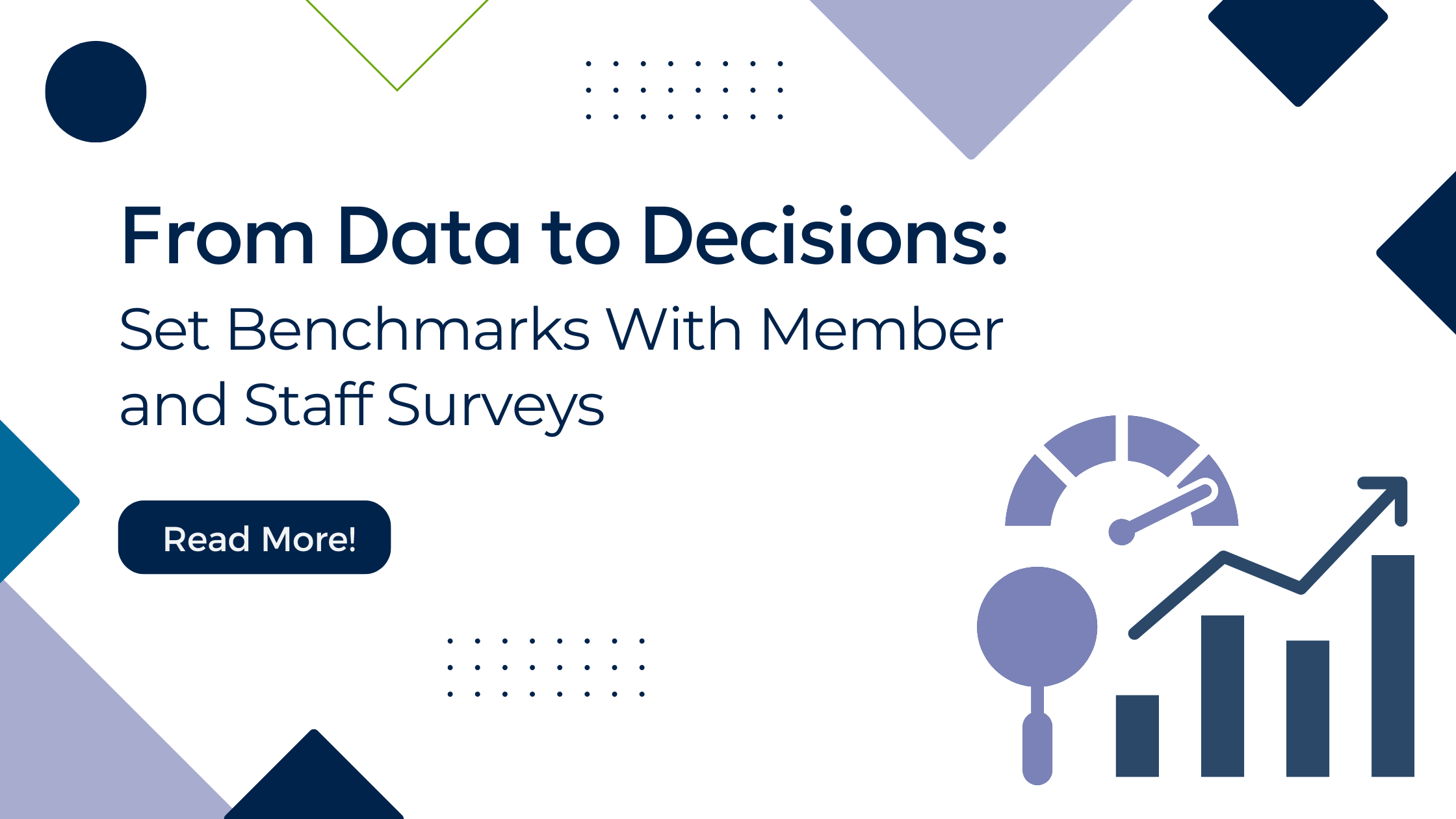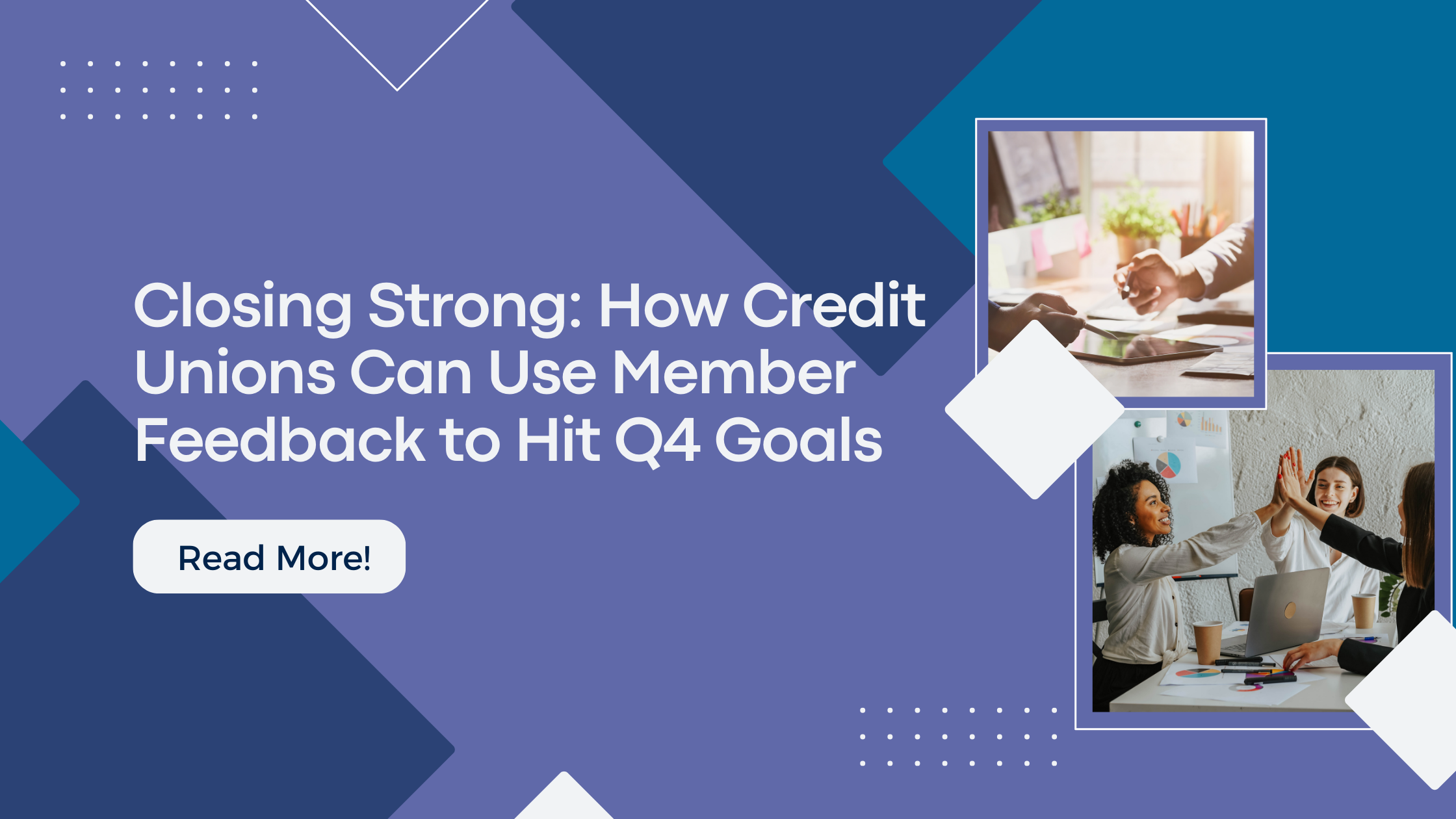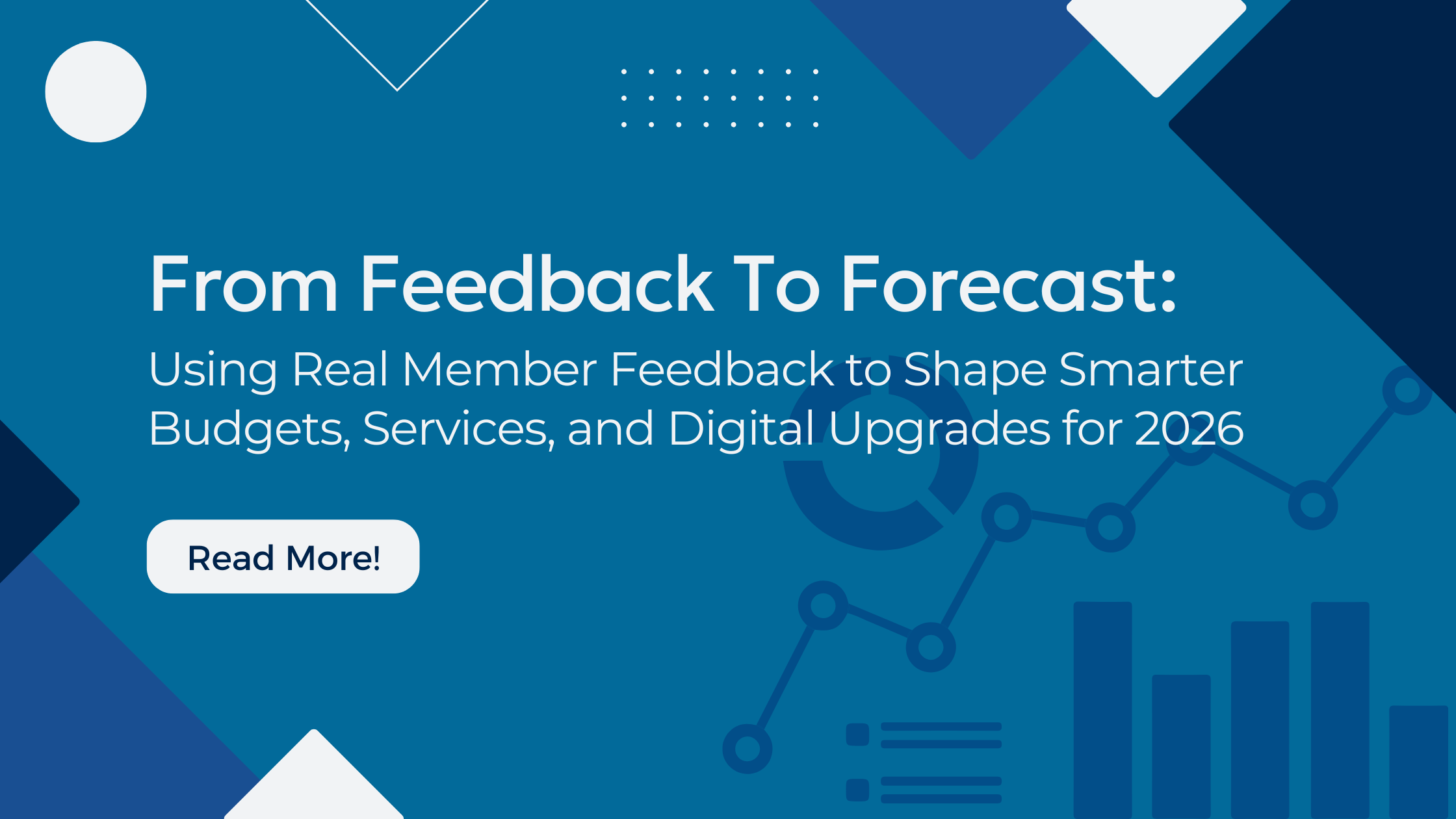Do you know the Pros and Cons of a Net Promoter Score?
If you’re looking for some kind of data to give you insight about how customers feel about your business, you may consider finding your net promoter score, or NPS. Let’s look at some of the pros and cons of an NPS.
People talk. Other people listen. If someone shares their positive experience with a product, the people who listen will be more likely to try the same product. Ditto for negative experiences.
It can be hard to determine when you’re doing something wrong. It can be even harder to know when you’re doing something right. Often, people don’t know they’re on the wrong path until they’re almost out of business. In other cases, they may need to be on stage, holding an academy award for best actress, before they can say, “I can’t deny the fact that you like me! Right now, you like me!”
The Good
Unfortunately, you’re probably not Sally Field. Instead, you have to rely on customer-reported feedback to let you know how you’re doing. People’s gut reactions, unmediated by long lists of pros and cons, untouched by careful analysis, actually say quite a lot. That’s why the NPS is such a valuable metric for businesses.
What’s great about the ol’ single-question survey is its simplicity. If you want to find your net promoter score, you need ask only one question: how did we do? After receiving answers, you get one easy score that tells you if you’re doing okay or if you need to rethink your strategy.
Your score translates well when speaking with other institutions, locally or globally. Because it’s a standardized metric, you can compare yourself to others in the field, whether they be friendly competition or bitter rivals.
The Bad
While your NPS is easy to use, easy to read, and stands as a universal metric for many businesses, it’s not perfect. (Few things are perfect, though—even unicorns need their coats brushed every now and again.)
The true downside of relying on a single-question survey to determine your institution’s efficacy is that it lacks for nuance. Asking “how did we do?” can help you see if you’re doing something mostly right, or if you’re doing something mostly wrong. Without pausing for breath, here’s what it can’t tell you:
- What you’re doing right
- What you’re doing wrong
- How you can improve
Your NPS tells you only whether your transactions tend to be positive or negative. They don’t explore causality.
If you want to learn why someone scored you a particular way, your best bet is guesswork. If you want to know what caused a rash of “detractor” responses, you’re on the hook for some serious sleuthing. If you’re looking for ways to improve customer satisfaction, you’ll probably want better advice than “try harder.”
The Ugly
Okay, there is no ugly, but it fit with our motif.
Ultimately, your NPS is a useful tool with limited functionality. If you want some standard metrics by which to assess your institution’s greatness, then all you need is a very simple survey. On the other hand, if you value nuanced, causal, actionable data, you might be better served by a broader, more in-depth survey.
